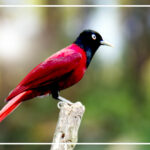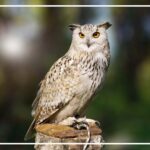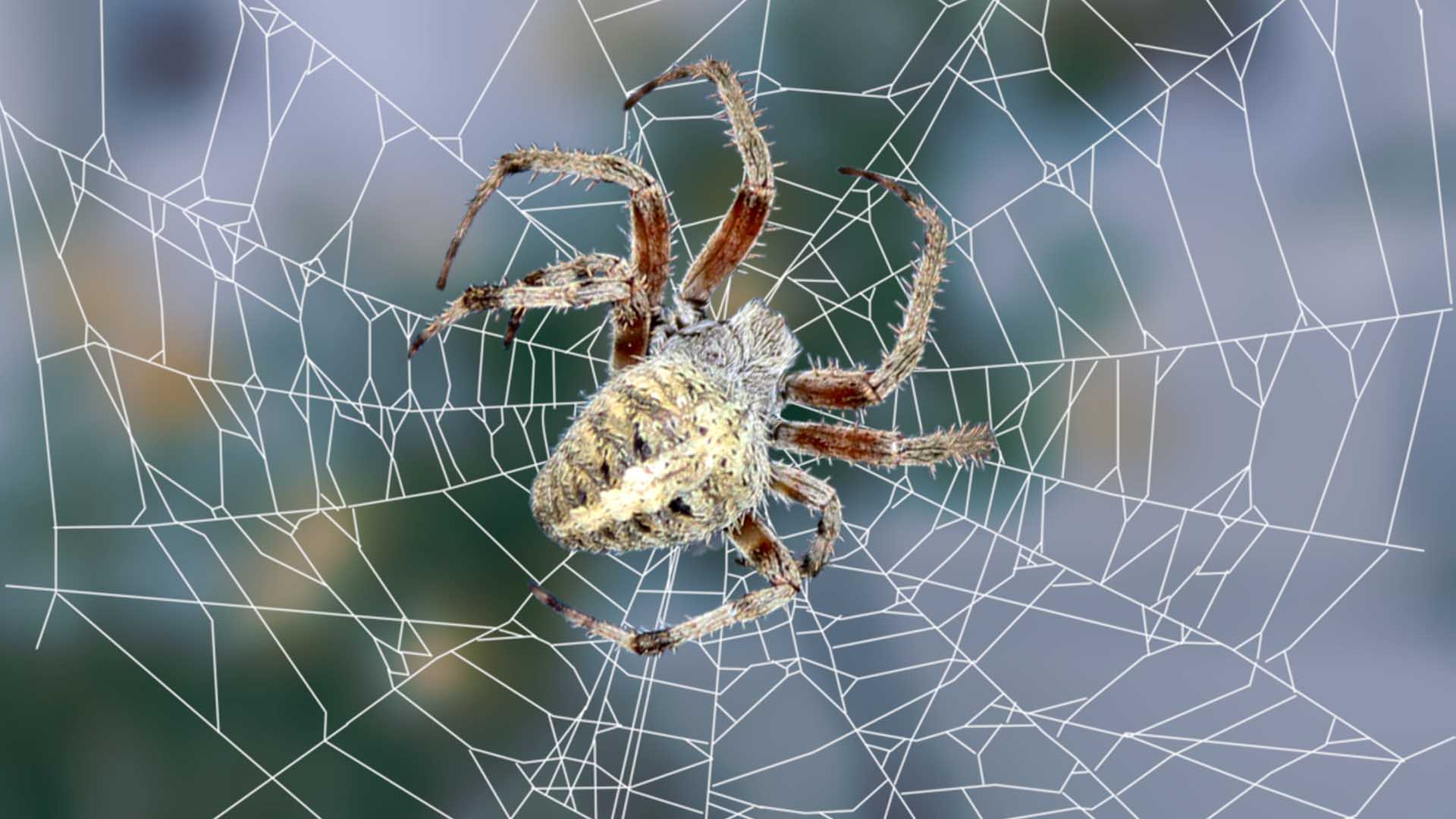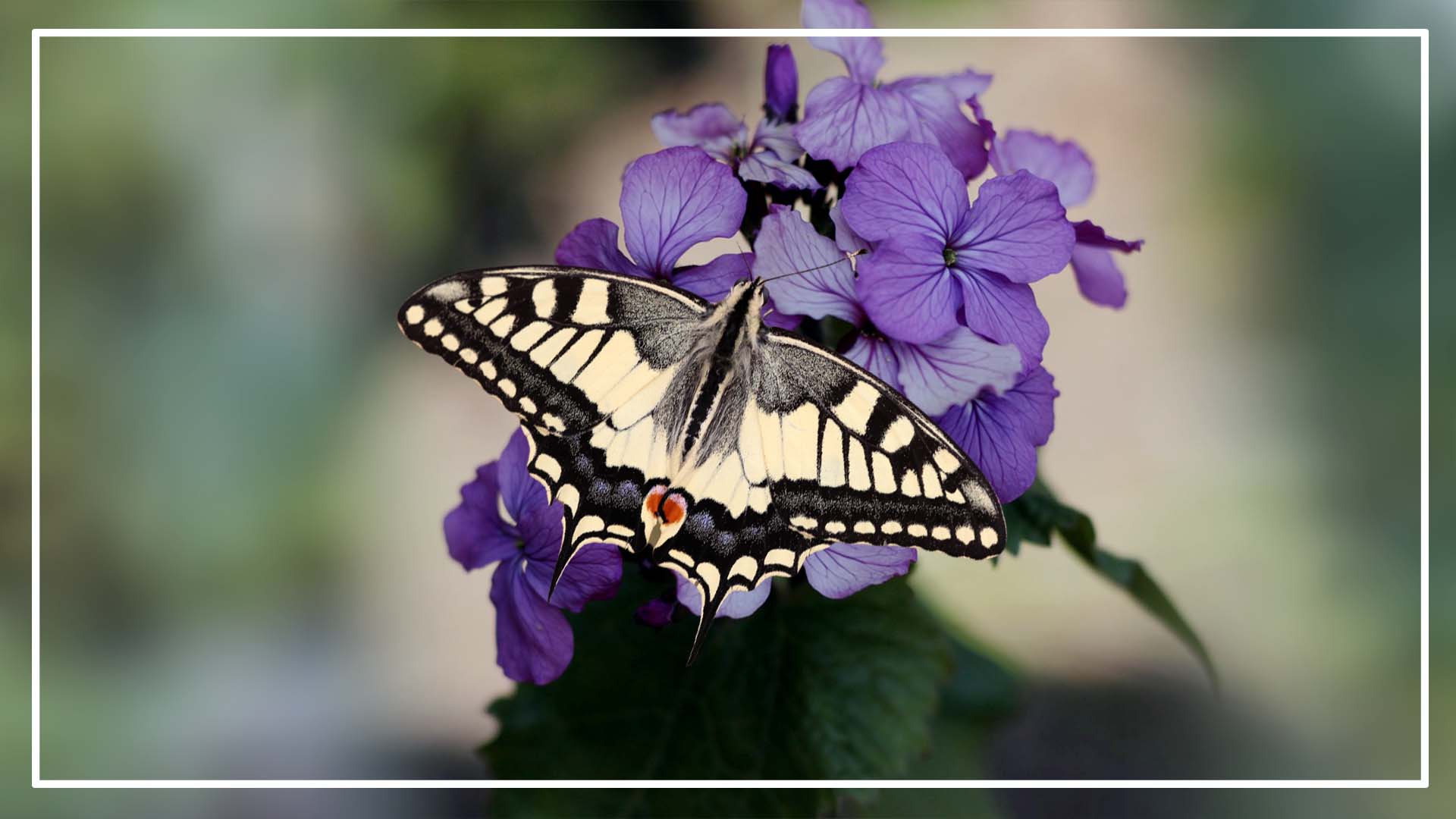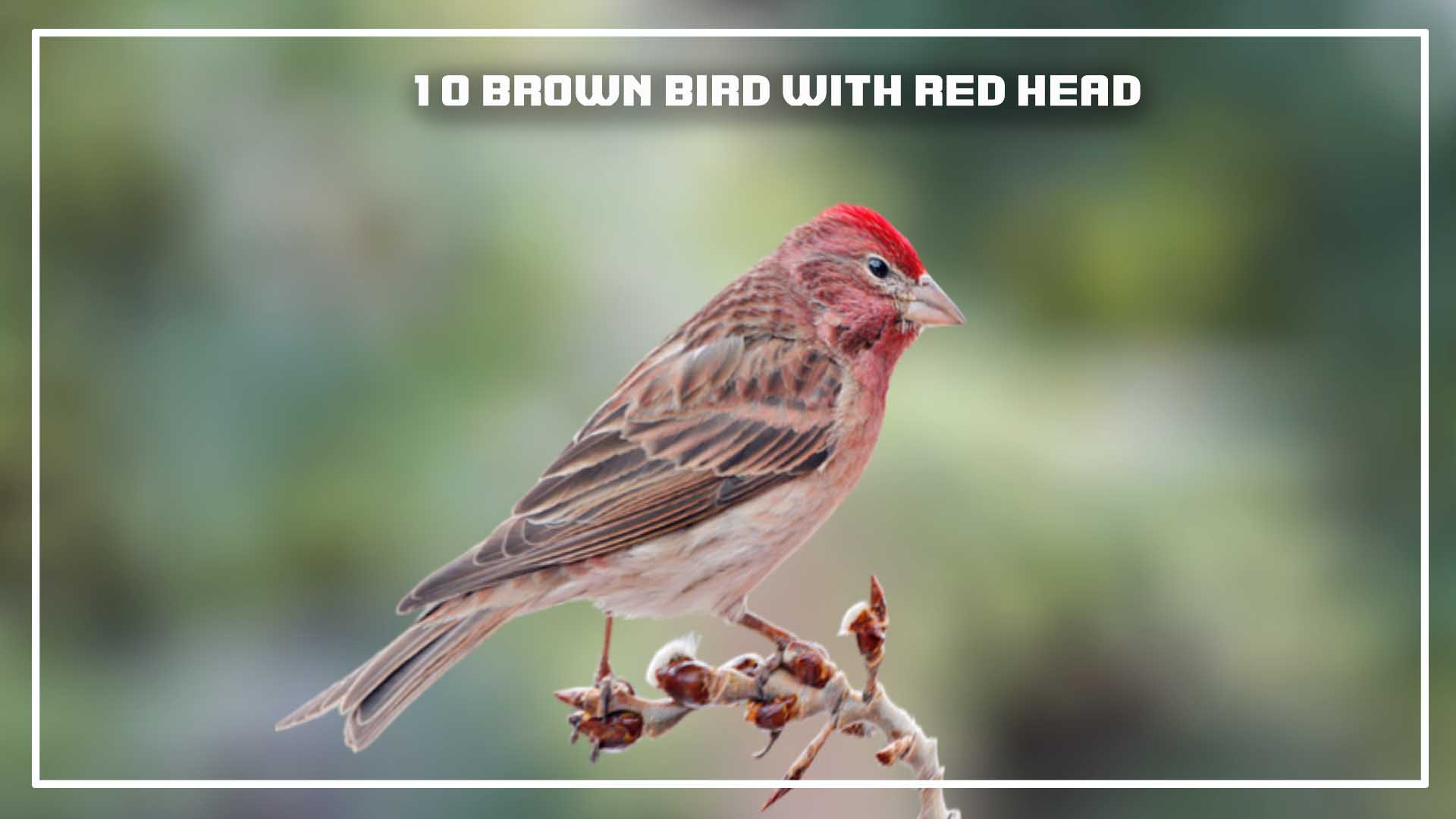Barn spiders (Araneus spp.) are fascinating arachnids that are commonly found in a wide range of habitats, from human-made structures to natural environments. These spiders play a vital role in controlling insect populations and have intriguing features that make them a subject of curiosity.
In this article, we’ll delve into the various aspects of barn spiders, including their size, coloration, bite, life cycle, habitat, and interesting facts.
Physical Characteristics Of Barn Spider
These spiders exhibit distinct physical traits that allow them to thrive in their natural habitats. This section will delve into the various aspects of their physical characteristics.
Barn Spider Color
Barn spiders typically display a range of colors that aid in their camouflage and survival. Their coloration can vary from species to species and even among individual spiders within the same species. Common color variations include:
- Brown: Many barn spiders have shades of brown that help them blend into their surroundings, particularly when they build their webs in the corners of barns, sheds, and other structures.
- Yellow: Some barn spiders exhibit yellow hues, which might be more prominent in certain lighting conditions.
- Patterned: Barn spiders might also have intricate patterns on their abdomens that provide additional camouflage.
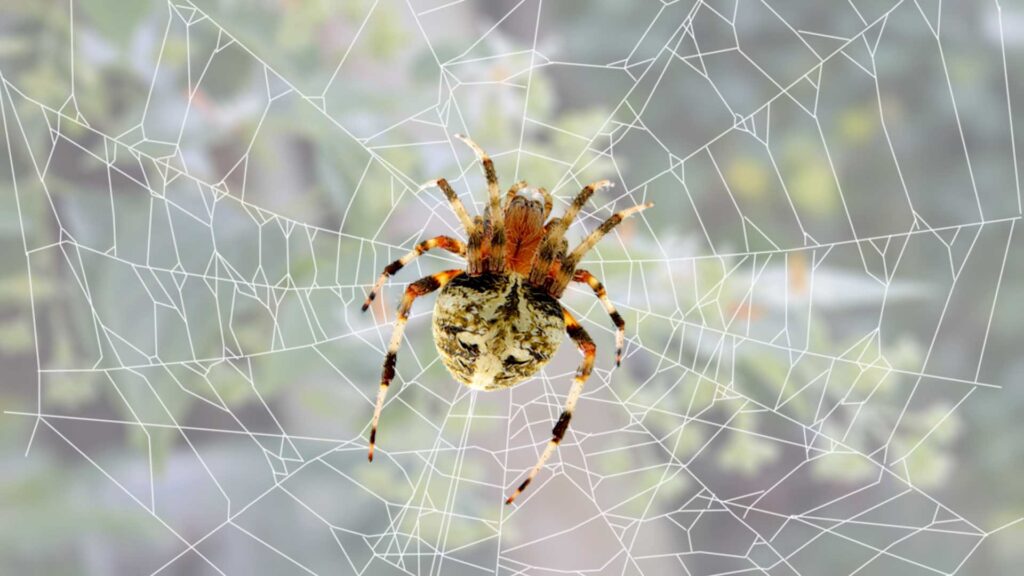
Barn Spider Size
The size of barn spiders can vary significantly, but they generally fall within a specific range. The following are common size characteristics:
Body Length: The body length of adult barn spiders usually ranges from about 0.5 to 1 inch (1.3 to 2.5 cm), with females being slightly larger than males.
Leg Span: The leg span of barn spiders can be notably larger than their body length, spanning up to 2 to 3 inches (5 to 7.6 cm). A barn spider can lay anywhere from a few dozen to several hundred eggs in a single egg sac. The exact number of eggs can vary based on factors such as the spider’s species, age, health, and environmental conditions.
Barn Spider Habitat and Distribution
Barn spiders (Araneus spp.) are known for their adaptability to various habitats, and they can be found in a range of environments, from human-made structures to natural settings. Here are some common habitats where barn spiders are found:
- Barns, Sheds, Garages: As their name suggests, barn spiders are often found in human-built structures such as barns, sheds, garages, and other outbuildings. These places offer shelter, protection from predators, and abundant prey, making them ideal habitats for these spiders.
- Attics and Basements: Barn spiders can also be found in residential areas, taking up residence in attics, basements, and other quiet, undisturbed spaces. They construct their webs in corners, crevices, and other suitable spots where they can capture flying insects.
- Natural Habitats: Barn spiders are not restricted to human-made structures. They are also present in various natural habitats. These spiders can be found in fields, gardens, grasslands, meadows, and other open areas. They often choose locations that provide easy access to flying insects.
- Grasslands and Meadows: Barn spiders thrive in grasslands and meadows where their webs can be suspended between vegetation. The abundance of insects in these habitats serves as a reliable food source for these spiders.
- Forest Edges: Barn spiders can be found at the edges of forests and woodlands. These areas provide a mix of open space and vegetation, allowing the spiders to build their webs where they are likely to intercept insects flying or moving between the forest and open areas.
Distribution of Barn Spiders
Barn spiders are found in various parts of the world, with several species existing in different geographical regions.
Geographical Range
North America: Barn spiders are commonly found throughout North America. Different species of Araneus can be found across the continent, from Canada to Mexico. The specific habitats they inhabit can vary depending on the local environment.
Europe: Barn spiders are also widespread across Europe. European species of Araneus are adapted to the diverse climates and environments found across the continent.
Asia: Barn spiders are present in various parts of Asia as well. Different species of Araneus can be found in countries across the region, including China, Japan, India, and more. Their distribution can be influenced by the diverse range of ecosystems in Asia.
Barn Spider Body Shape
The body shape of barn spiders contributes to their ability to construct orb webs and catch prey efficiently. Their body structure includes:
Abdomen: The abdomen of a barn spider is usually rounded and slightly bulbous. This body shape provides the space needed for producing silk and storing food.
Cephalothorax: The front part of the spider, known as the cephalothorax, is connected to the abdomen and houses the spider’s vital organs, including the brain and the digestive system.
Barn Spider Legs, Eyes, and Spinnerets
The appendages and sensory features of barn spiders play crucial roles in their daily activities and survival:
- Legs: Barn spiders have eight legs that are covered in fine hairs, aiding in various tasks such as walking, climbing, and handling silk.
- Eyes: Most barn spiders have eight small eyes arranged in two rows. These eyes help them detect movement and potential threats. A barn spider typically has eight eyes. These eyes are arranged in two rows of four, with varying sizes and positions that help the spider detect movement and light changes in its surroundings.
- Spinnerets: Located at the rear of the abdomen, spinnerets are specialized organs that produce silk used for constructing webs and wrapping prey.
Barn Spider Diet
Barn spiders are opportunistic predators that primarily feed on a variety of flying insects. Their diet consists mainly of insects that get caught in their orb-shaped webs. Here are some examples of the types of insects that barn spiders commonly eat:
Flying Insects: Barn spiders are particularly well-equipped to capture flying insects due to their large and intricately designed orb webs. They commonly catch insects such as flies, mosquitoes, moths, butterflies, and even smaller beetles that get entangled in their webs.
Craneflies: These long-legged insects are often found in damp areas, and they are a common prey item for barn spiders.
Small Bees and Wasps: Barn spiders can capture and consume small bees and wasps that become trapped in their webs. These insects provide a good source of protein.
Flying Ants: When swarming ants take flight during their reproductive phase, they become vulnerable to getting caught in barn spider webs.
Other Spiders: In some cases, barn spiders might capture and consume smaller spiders that inadvertently end up in their webs.
Insects Blown by Wind: Barn spiders are known to create “ballooning” threads, which are silk threads that catch the wind and carry the spiderlings to new locations. Sometimes, these threads also catch tiny insects that the spiderlings can consume.
Barn Spider Life Cycle
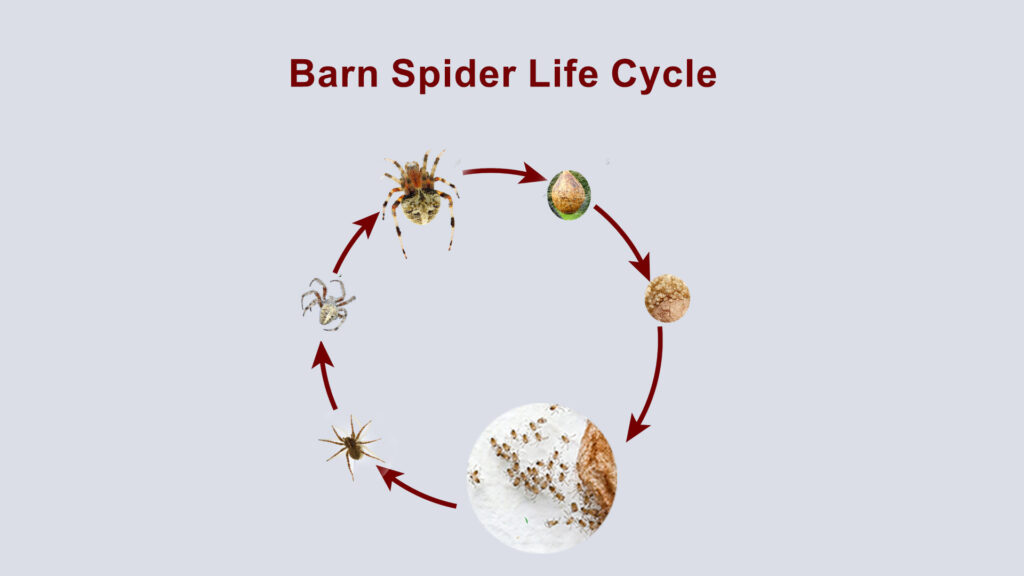
The life cycle of a barn spider encompasses several distinct stages, each marked by specific physiological and behavioral changes. Below, I’ll discuss each stage in detail:
Egg Stage
The life cycle of a barn spider begins with the egg stage. Female barn spiders typically lay their eggs in a silk sac called an egg sac. These egg sacs are usually attached to a protected surface, such as the underside of leaves, in corners of structures, or hidden within the spider’s web. The number of eggs per sac can vary but often ranges from a few dozen to several hundred. The eggs are well-protected inside the sac and develop over a period of weeks.
Spiderling Stage
Once the eggs have incubated, they hatch into spiderlings. Spiderlings are tiny and vulnerable, often resembling miniature versions of adult barn spiders. During this stage, spiderlings stay close to the egg sac for a short period, using their silk to create a small “ballooning” thread that allows them to be carried by the wind to new locations, aiding in dispersal. They are largely dependent on the resources stored in the egg sac for sustenance.
Juvenile Stage
As the spiderlings grow and molt, they enter the juvenile stage. During this phase, they go through multiple molting stages, shedding their exoskeletons in order to accommodate their increasing size. With each molt, their body size and appearance become more similar to that of adult barn spiders. Juveniles continue to produce silk, weaving simple webs for capturing prey.
Sub-Adult Stage
In the sub-adult stage, barn spiders continue to mature and molt. Their webs become more complex and efficient at capturing prey. The sub-adult stage is characterized by further growth and development of the spider’s reproductive structures.
Adult Stage
Upon reaching maturity, barn spiders enter the adult stage. This is the phase where they are fully developed and capable of reproduction. Adult barn spiders are known for their distinctive appearance, including their size, coloration, and markings. They are also most active in terms of hunting and mating behaviors. During this stage, females produce eggs and construct egg sacs to house them.
Senescence and Death
As with all living organisms, barn spiders eventually age and reach the end of their natural lifespan. The exact duration of each life stage can vary depending on factors such as environmental conditions and availability of food. Once a barn spider reaches old age, its abilities and behaviors may start to decline. Eventually, the spider will die, completing its life cycle.
How Long Does a Barn Spider Live?
The lifespan of a barn spider can vary based on factors such as species, gender, environmental conditions, and available resources. On average, barn spiders typically live for about 1 to 2 years. Males tend to have shorter lifespans compared to females, often living only a few months after reaching maturity. Females, on the other hand, can live longer, sometimes surviving for over a year after maturing. Environmental factors like temperature, food availability, and predation risk can influence the lifespan of barn spiders.
Barn Spider Bite Identification
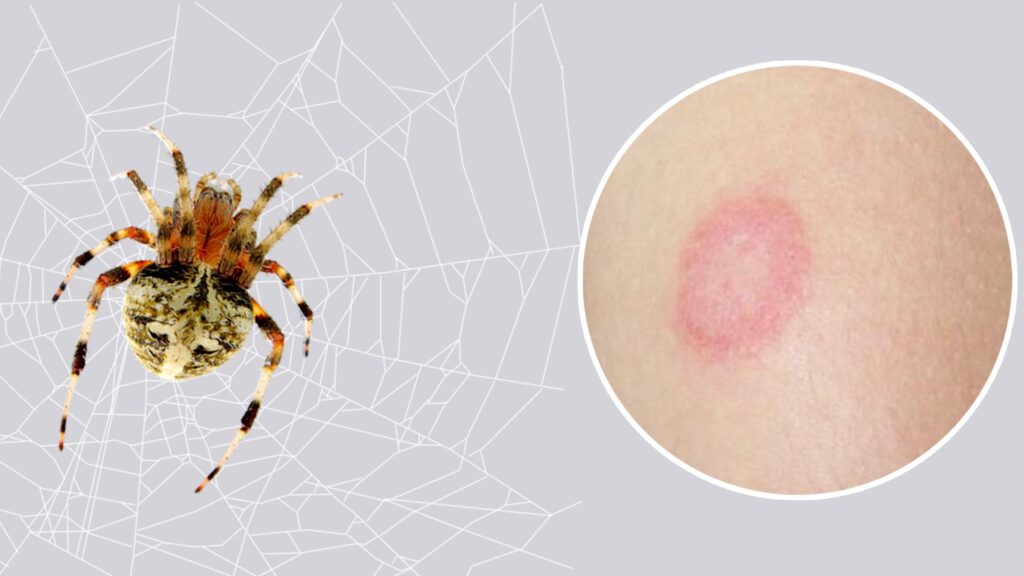
Barn spider bites are typically harmless, causing localized pain, redness, and swelling. The bite resembles a small insect bite, often with a pale center and a reddened ring. Itchiness can persist for a few days. If symptoms worsen or you’re unsure about the bite’s origin, consult a healthcare professional. Keep areas clean, wear protective clothing, and exercise caution to prevent bites.
Barn Spider Bites: Risk Factors and Prevention
Barn spider bites on humans are rare and usually occur when the spider feels threatened or cornered. Prevention involves simple measures such as keeping areas clean, reducing clutter where spiders might find shelter, and wearing gloves when working in areas where spiders are present. It’s important to remember that barn spiders are not aggressive and generally prefer to avoid human contact.
Barn Spider Bites on Humans
Should a barn spider bite occur, it’s essential to remain calm. The bite may cause mild discomfort, including localized pain, redness, and swelling. These symptoms typically subside within a few days. Serious allergic reactions to barn spider bites are extremely uncommon, and medical attention is usually not required.
First Aid and Treatment for Barn Spider Bites
If bitten, washing the affected area with mild soap and water is recommended. if you experience severe symptoms, such as difficulty breathing or pronounced swelling, seek medical attention immediately. It’s important to note that genuine cases of severe reactions to barn spider bites are extremely rare.
How to get rid of the brown barn spider?
To manage brown barn spiders, try sealing entry points, keeping your space clean, and reducing exterior lighting to deter insects. Use natural repellents like essential oils and consider physically removing spiders with care. Remember, spiders contribute to ecosystem balance.
Barn Spider Web
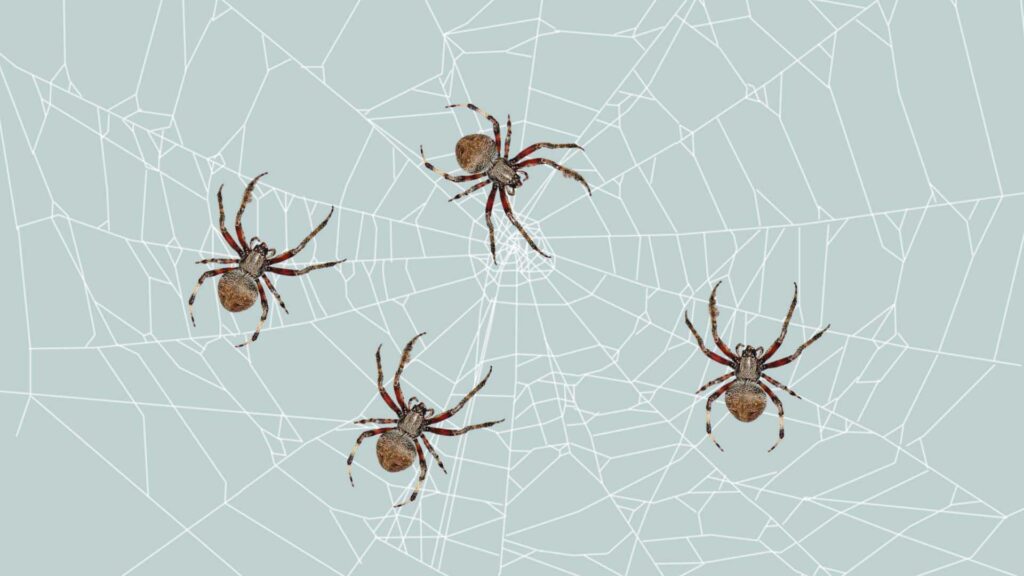
Barn spiders are skilled silk artisans, producing threads of varying strengths and elasticity. Their webs, designed with mathematical precision, feature radial lines and sticky capture spirals to secure meals. Each web is tailored to its surroundings, proving the spider’s adaptability and instinctual genius.
Nature’s Silent Hunters
Functioning as both art and tool, barn spider webs are ingenious hunting mechanisms. The silk’s adhesive quality ensnares insects, immobilizing them for the spider’s leisurely consumption. This natural pest control benefits ecosystems and highlights the interconnectedness of species.
Invisible Engineers
Web construction is a complex dance of instinct and experience. Spiders select optimal locations and meticulously weave threads, often completing webs within hours. Their architectural prowess showcases nature’s capacity for efficient design.
Lessons from Nature, Innovations for Humans
Barn spider webs inspire scientific curiosity and technological innovation. The silk’s remarkable properties have found applications in medicine, textiles, and beyond. By studying these intricate creations, we gain insights into nature’s engineering feats.
Barn Spider Facts
Where do barn spiders live
Barn spiders (Araneus spp.) live in diverse environments including barns, sheds, attics, meadows, gardens, and forest edges. They’re found in North America, Europe, and Asia, thriving in both human-made structures and natural habitats, preying primarily on flying insects caught in their orb-shaped webs.
Are barn spiders poisonous?
Barn spiders are venomous, meaning they possess venom that they use to immobilize and digest their prey. However, the venom of most barn spider species is not considered harmful to humans. Their venom is primarily designed to subdue insects and is not typically potent enough to pose a significant threat to people.
Are barn spiders dangerous?
Barn spiders are generally not dangerous to humans. While they do possess venom and can bite if they feel threatened, their venom is not strong enough to cause serious harm to people. Bites from barn spiders are rare and typically result in mild, localized discomfort similar to a bee sting. Medical attention is usually unnecessary unless an allergic reaction occurs.
Are barn spiders friendly?
Barn spiders are not inherently friendly or social creatures, as they are primarily solitary predators. They do not seek out interactions with humans or other animals, and their behaviors are driven by instincts for hunting and reproduction. However, they can be beneficial in controlling insect populations around their habitats, such as gardens or barns, by capturing flying insects in their webs. It’s important to handle all spiders with care and respect to avoid bites or unintentional harm.

